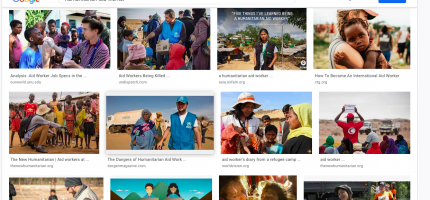How do ICTs contribute to the way in which development is viewed and influence development itself? I tried running a search for ‘humanitarian aid worker’ on Google images, using an anonymous browser[1] so the results wouldn’t be influenced by my personal search history. In the first of the images that Google presented me with, a white woman is performing what looks ike a medical test on a black young boy; in the second one, a Western man with a UNHCR[2] vest and holding a cardboard box distributes something to brown women and children in a desertic setting; in the fourth picture, a white woman is holding a black young child in her arms, the child stares straight into the camera; in the fifth photo, a white man with a UNHR vest and hat guides an elderly brown woman who clings to his arm in a desolate landscape.
[1] https://www.torproject.org/
[2] UNHCR, the UN Refugee Agency.
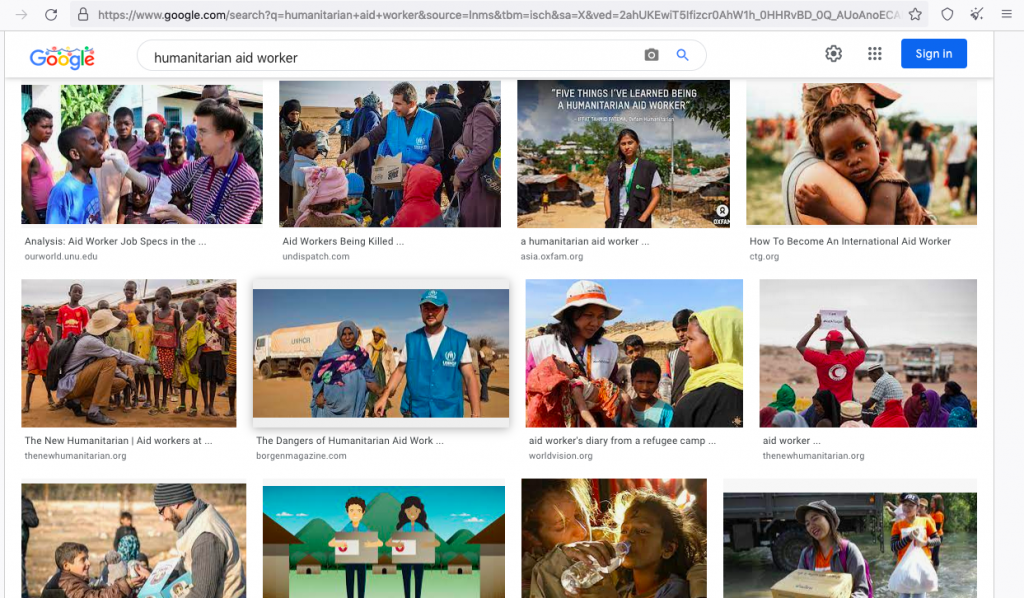
It is impossible not to see a pattern. Scrolling down in the Google search results page, I was presented with more images of Western looking men and women helping black or brown people in rural or semi-rural landscapes. As Stephen Cave and Kanta Dihal describe in their article ‘The Whiteness of AI’, an engine like Google that is very widely used (approximately 3.5 billion searches per day, 40 thousand per second), can be considered “a highly influential source of information and perceptions” (2020:691). Cave and Dihal explain that Google search results rankings are based on influence and popularity so the images they prioritize are often those “promoted by some of the most powerful organs of content mediation in existence today” (2020:691-692). In the case of the first six image results provided by Google when I researched ‘humanitarian aid worker’, out of the four that portray white humanitarian workers one is directly related to the United Nations[1], two are copyright of UNHCR and linked respectively to a humanitarian themed magazine[2] and to UN Dispatch[3], and another is linked to Committed to Good (CTG), a humanitarian organization. Considering that the United Nations are one of the most powerful and influential agents in humanitarian aid and development, this appears to be a clear reflection of Cave and Dihal’s affirmation quoted above. Ultimately, the two authors observe that widely used search engines like Google are not only promoting certain ideas, information and perceptions, but they also “reflect their existing prevalence” (Cave and Dihal 2020:691-692). Of course when talking about ‘existing prevalence’ we must keep in mind that not every region of the world has the same access to the internet, and ask ourselves “prevalence among who”? Nonetheless, in the light of Cave and Dihal’s observations, it can be argued that Google, being the most used search engine in the world population that has access to the internet, is a highly influential agent that contributes to both outlining and promoting certain trends in the general understanding of humanitarianism.
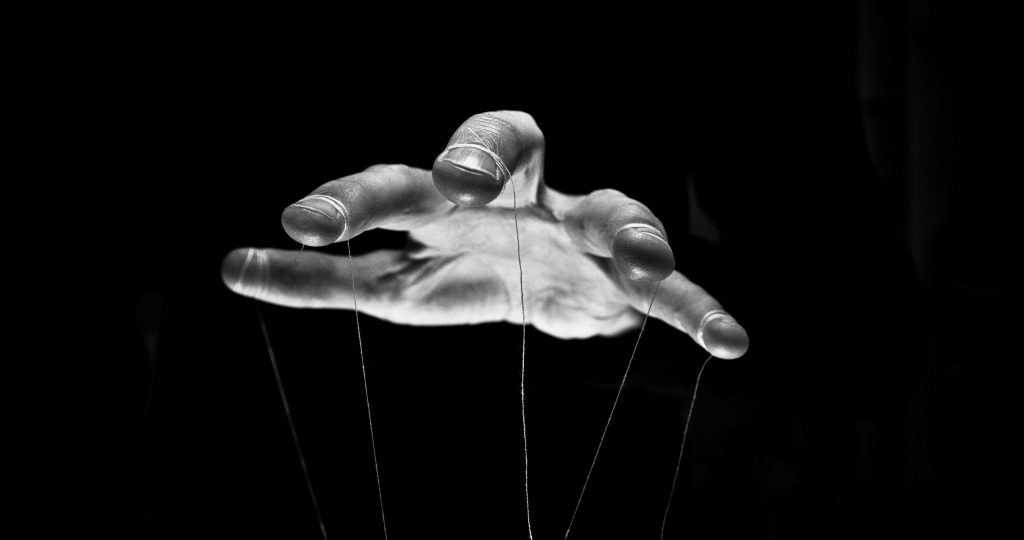
Google’s potential to influence global perceptions of humanitarian aid, and therefore of the relationships between Global North and Global South, makes it important to further explore the way in which humanitarianism is visually portrayed by the search engine. The first striking element is that humanitarian workers are very often shown to be white Westerners. In most of the images I described earlier, the latter appear professional and well equipped: wearing hats, bags and vests with the name of an organization on them, carrying provisions to distribute, or notepads, pens, and sometimes technological equipment. The people around them, in contrast, wear normal clothes and are mostly holding nothing but toddlers. Moreover, the aid workers are often portrayed carrying out some kind of action or task, such as writing, administering medicines, handing objects over, or even just leaning forward to listen or say something. The result is that in the image’s narrative, the people around aid workers often end up appearing as as passive recipients. Overall, one could say that through this pattern humanitarianism is largely portrayed as a North-South phenomenon where“the Global North carry out humanitarian acts of “rescue” in the Global South” (Richey, 2018:628). Moreover, the fact that most of the images are produced and/or distributed by entities that are or are linked to humanitarian and development agents is significant. As Ademolu, E. & Warrington, S. describe, visual representations and reporting of global poverty and suffering by development agencies mould consciousness and interpretation of what the Global South “is”, “is not” and “ought to be” (2019:366).
To summarize, for the world population that has access to the internet the general understanding of humanitarianism is influenced by the way in which powerful search engines such as Google rank and promote information and ideas. Given that these ranking criteria often prioritize information produced and shared by powerful and influential entities, such as the United Nations in the case of humanitarianism, the result is the perpetuation and reinforcement of the ideas and perceptions of powerful entities. In the case of humanitarianism and North-South relations, this often means the replication of stereotypical narratives that show the South as inherently dependent on the North. This altered understanding of global socio-economic dynamics originates in colonial times, as explained in my previous blog post ‘Understanding the Power of Narrative: the myth of the white man’s burden’, with the creation of the Myth of the White Man’s Burden. What is particular about the White Man’s Burden myth, is that it has not only justified violent and exploitative colonial practices, but it even made them pass as acts of charitable benevolence. Today, despite the formal end of colonialism, the White Man’s Burden myth hasn’t disappeared, it instead lives on through the myth of the White Savior, which is a reading and understanding of humanitarianism as an act of charity and of humanitarian workers as selfless heroes.
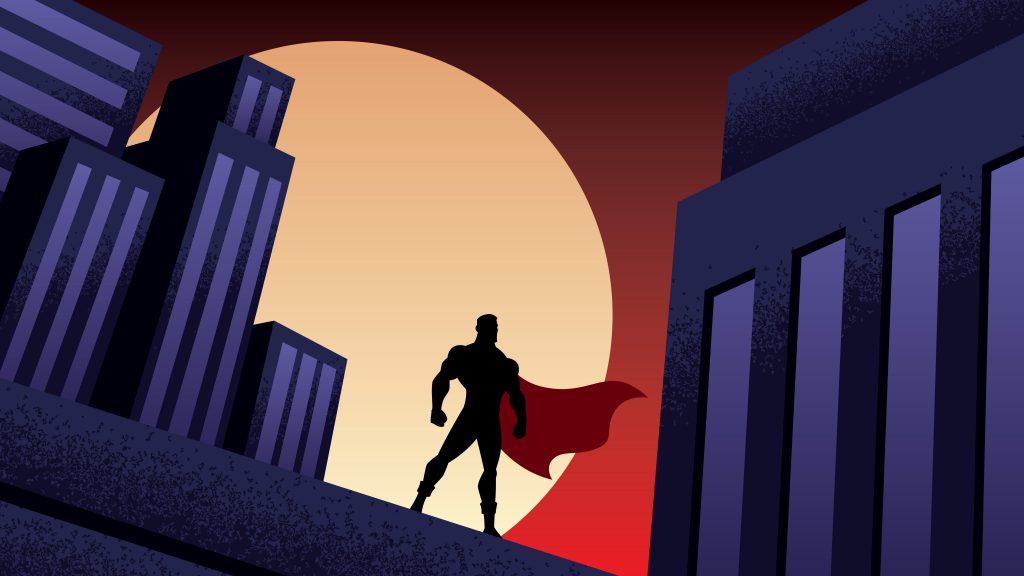
Michaël Neuman retraces the roots of modern day humanitarianism back to when the first Christian missionaries travelled to foreign lands to “save souls and spread civilization” (2017:3-4). Humanitarianism, he argues, has then remained attached to the concept of martyrdom even when it lost its strictly religious ties. Today, Neuman argues, humanitarian workers are perceived as heroes not necessarily because they risk their lives, but just when they go to places where others don’t go (2017:8) Moreover, through the narratives created around it, humanitarian assistance has acquired a certain aesthetic dimension, a “romantic interpretation, tinged with selflessness and arrogance”. (Neuman, 2017:5). This becomes self-evident when looking at media articles such as the Evening Standard’s 2015 article ‘Dfid’s CHASE team: meet the unsung superheroes of the civil service’, or more recently the online article ‘UN salutes real-life heroes doing ‘extraordinary things, in extraordinary times’ published on UN News in 2020 on August 19th , the day that, as the article quotes:
“[…]commemorates humanitarians killed and injured in the course of their work, and honours all aid and health workers who, despite the odds, continue to provide life-saving support and protection to people most in need.”
(UN News, 2020)
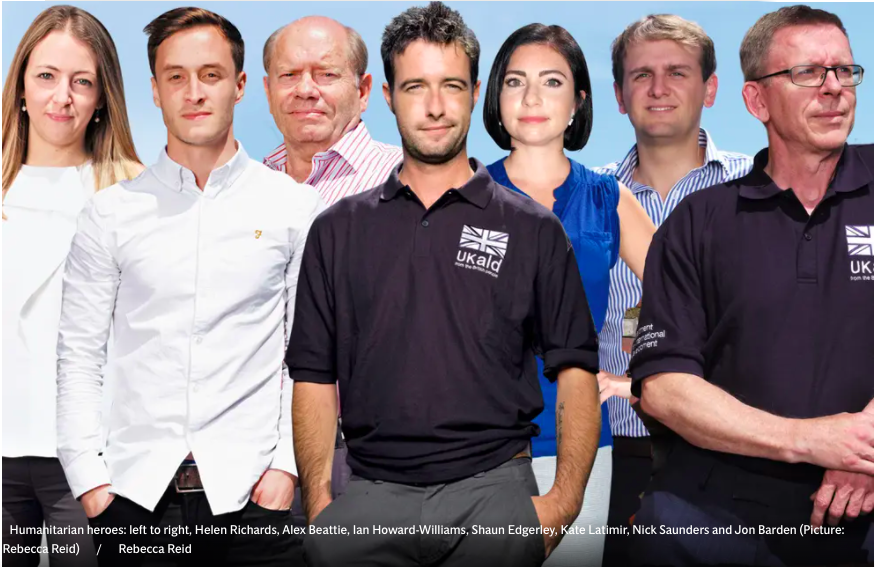
The understanding of humanitarian workers as heroes is problematic for a number of reasons. Firstly, it perpetuates the colonial social and racial stereotypes summarized by the White Man’s Burden myth and reinforces the understanding of the Global South as an inherently weak and passive entity in need of the North’s assistance. Secondly, it inhibits any form of criticism toward humanitarianism, as it would be almost disrespectful to raise criticism towards the work of people who are risking their lives and sacrificing their own comforts for the wellbeing of others. Third, it completely silences and the voices of the ‘receivers’ in humanitarianism, projecting all the attention on humanitarian workers and relegating the actual victims to the background of the story. Moreover, portraying aid workers as heroes who fight the forces of evil simplifies and denies all political and historical implications of poverty and conflicts in the Global South (Newman 2017:11-12). Ultimately, rather than having to take responsibility for the current social, economic and political state of the Global South, the West can continue to, willingly and unwillingly, benefit from its position of advantage. As Neuman puts it:
“Indeed, the hero figure is a handy invention. Not only does it create consensus, portraying a western world happy to bring relief to the third world, it provides a way of disregarding the political dimensions of a crisis[…].
(2017:8)
Based on the analysis of how Google portrays humanitarianism, it appears that today, with colonial power structures and knowledge production mechanisms that perpetuate and strengthen them are still largely in place, ICTs can contribute to strengthening and perpetuating them. Considering that most ICTs are created and managed in the Western world, this does not seem all so surprising. However, while they sometimes strengthen existing power structures and systems of representation and contribute to perpetuating injustice, ICTs can also constitute a tool of resistance and social change.
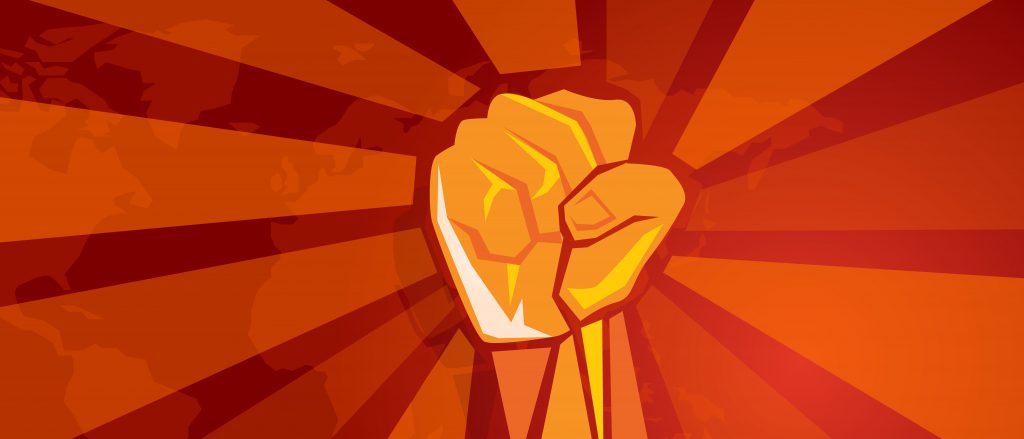
It has been observed that online blogging can contribute to diversifying discourses around and representations of humanitarian aid and development. Denskus and Papan observe that “[t]here is little evidence that blogging and its learning processes influence macro policy-making” and powerful international organizations, global summits and policy papers still shape the development/humanitarian discourse (2013:465). However, as Denskus and Papan illustrate, blogs can also “help to expose these rituals and continue to work towards an alternative virtual learning space that reflects new and diverse voices”(2013:465). In fact, the very blog that hosts this post is part of an exercise for Communication for Development MA students, such as myself, to explore the possibilities of blogging for social change. This brief yet meaningful experience, beside highlighting the technical challenges that come with running a blog, has brought me to face e a series of ethical dilemmas. Firstly, through researching online to find inspiration for my own blog, I was challenged by the huge multitude of blogs for social change that already exist. In this scenario, I felt that my contribution would be but a drop in the ocean and sometimes struggled to find motivation to post. A further source of frustration, that Denskus and Papan also describe in their 2013 article, is the fact that “blogs are predominantly used by a global elite of professionals engaged in development or students at universities” (2013:465). As I assume most professionals in development and academics will already be aware of the themes discussed in my posts, I sometimes felt like my activity was an end unto itself. Finally, as a white European educated in Western institutions and direct beneficiary of the West’s position of power, the most problematic aspect of contributing to this blog was the question of whether I should have been writing about social injustice or it would be best to leave the advocacy to the actual victims, supporting their activities. Ultimately, supporting victims of social injustice to blog for social justice themselves may be the way to promote social change that suits me most at this stage of my life and education.
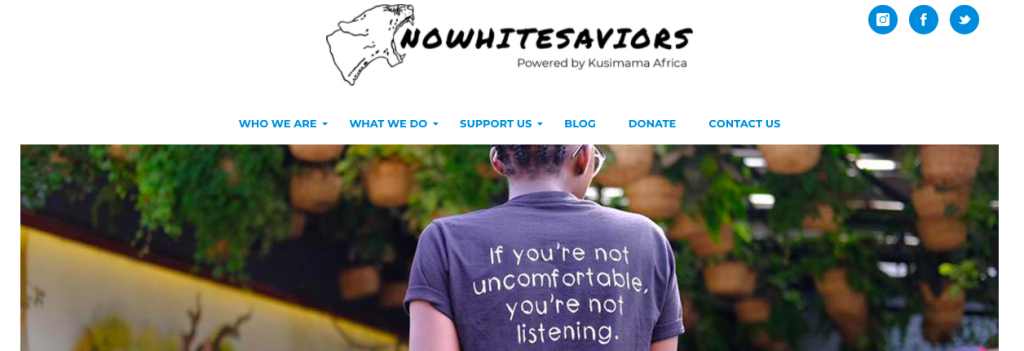
There has been a determinant factor which has contributed to making me question myself and the ethical implications of me blogging for development and decolonization. While researching for this assignment, I encountered No White Saviors, “an advocacy campaign led by a majority female, majority African team of professionals based in Kampala, Uganda” (https://nowhitesaviors.org/who-we-are/story/ ), is a positive and powerful example of how ICTs can echo the voices of the powerful, but also also be a spaces to build resistance. The No White Saviors campaign’s aim is to dismantle the image of the White Savior and reveal the African people as the heroes of their own stories. The authors use all the tools at their disposal: from journalistic articles to satyrical and Instagram stories, making their ideas and information accessible way beyond the realms of development and academia. In one of their blog entries the authors suggest that in order to be an Advocate Without Perpetuating the White Savior Complex, those with the power and privilege to be heard must ‘Pass the mic’ to those who are usually left voiceless. To this I would also add that, once we pass the mic, we need to listen. From this perspective, following and supporting a blog or campaign ran by some of those who actually experience first-hand the disadvantages of ongoing colonial power relations sounds more meaningful an ethical than running my own campaign about the same issues. So, although the authors’ strong and blunt criticism is indeed unsettling and challenging, for the time being I will pass the mic and listen.
[1] The image links to a web magazine connected to the United Nations University.
[3] UN Dispatch is sponsored by the United Nations Foundation, a charity that supports the UN.
BIBLIOGRAPHY
Ademolu, E. & Warrington, S. (2019) ‘Who Gets to Talk About NGO Images of Global Poverty?’ Photography and Culture, August.
Cave, S. & Dihal, K. (2020) ‘The Whiteness of AI’ Philosophy & Technology 33, 685-703.
Denskus, T. & Papan, A. S. (2013) ‘Reflexive engagements: the international development blogging evolution and its challenges’, Development in Practice Vol. 23, No. 4, 455–467
Neuman, M. (2017) Dying for humanitarian ideas – Using images and statistics to manufacture humanitarian martyrdom, Paris: MSF-CRASH.
No White Saviors ‘How to be an Advocate Without Perpetuating the White Savior Complex’ https://nowhitesaviors.org/how-to-be-an-advocate-without-perpetuating-the-white-savior-complex/
Richey, L.-A. (2018) ‘Concepualizing “Everyday Humanitarianism”: Ethics, Affects and Practices of Contemporary Global Helping’, New Political Science, 40:4, 625-639.
UNHCR https://www.unhcr.org/about-us.html

